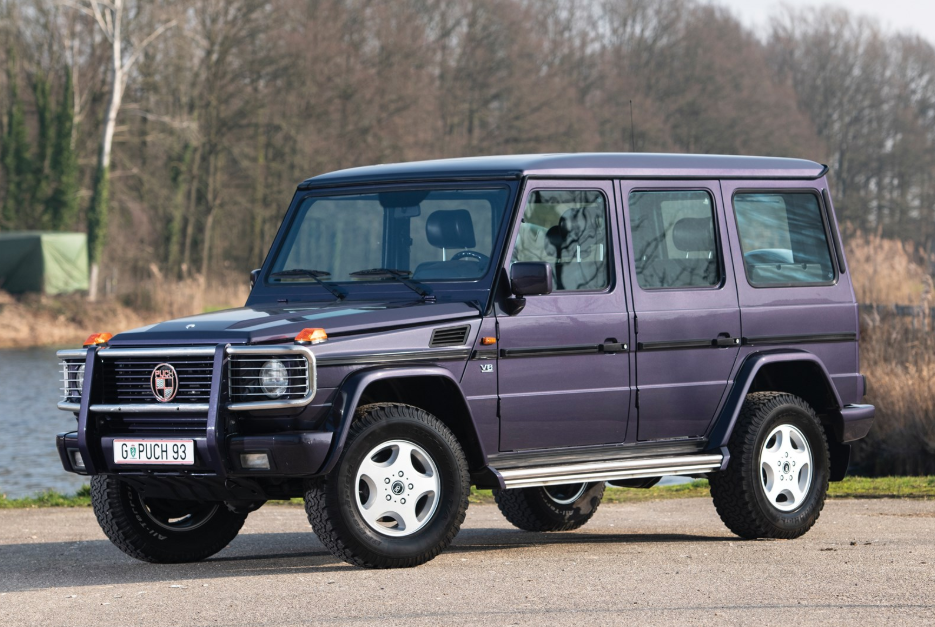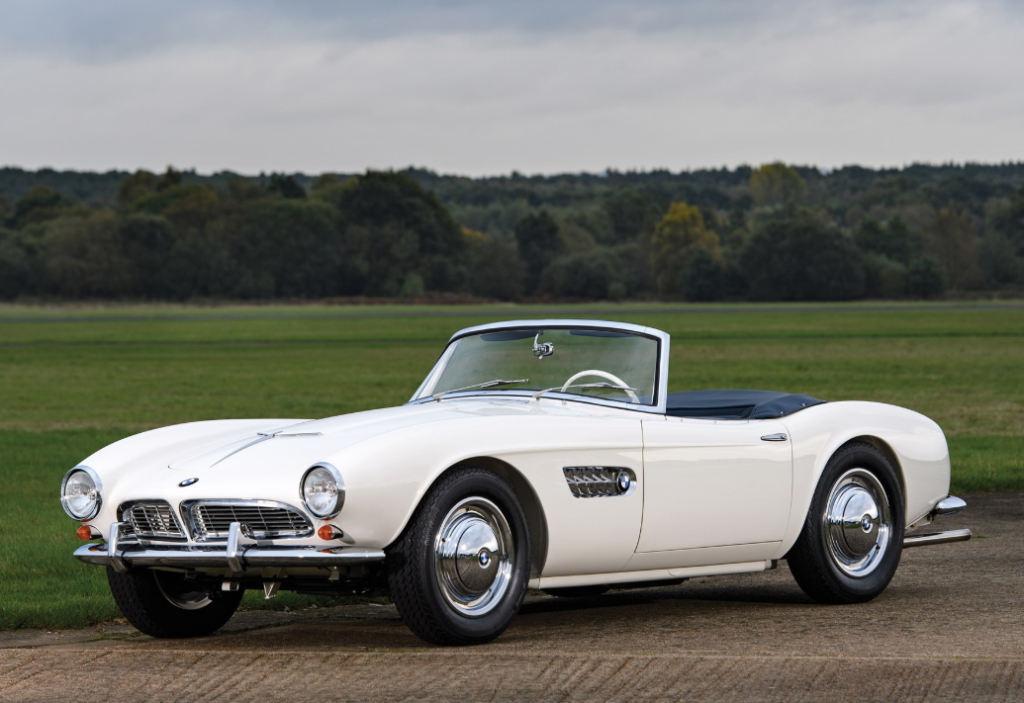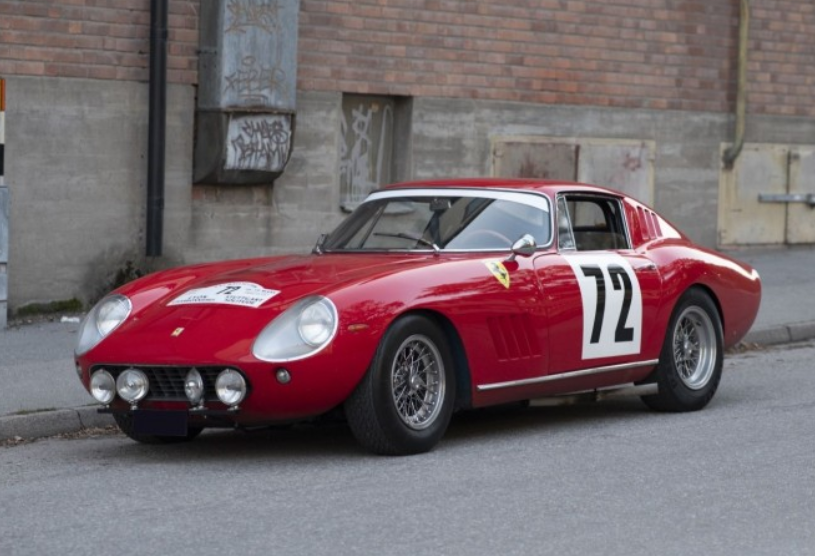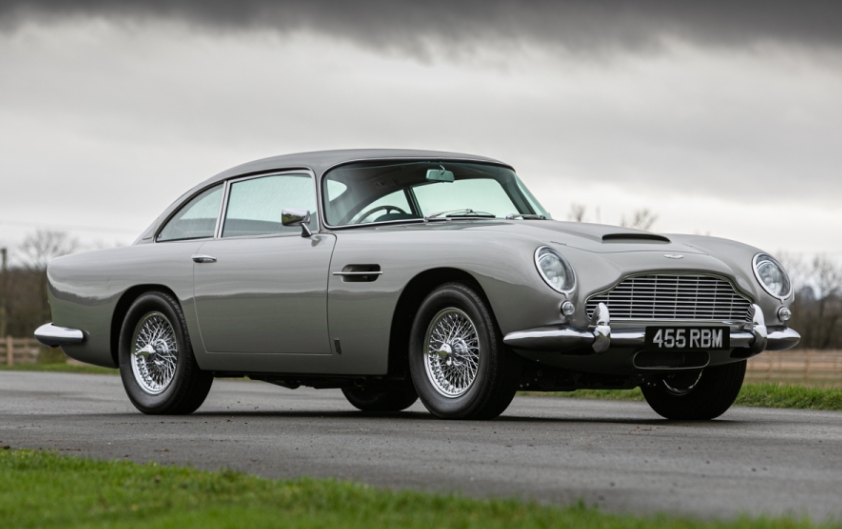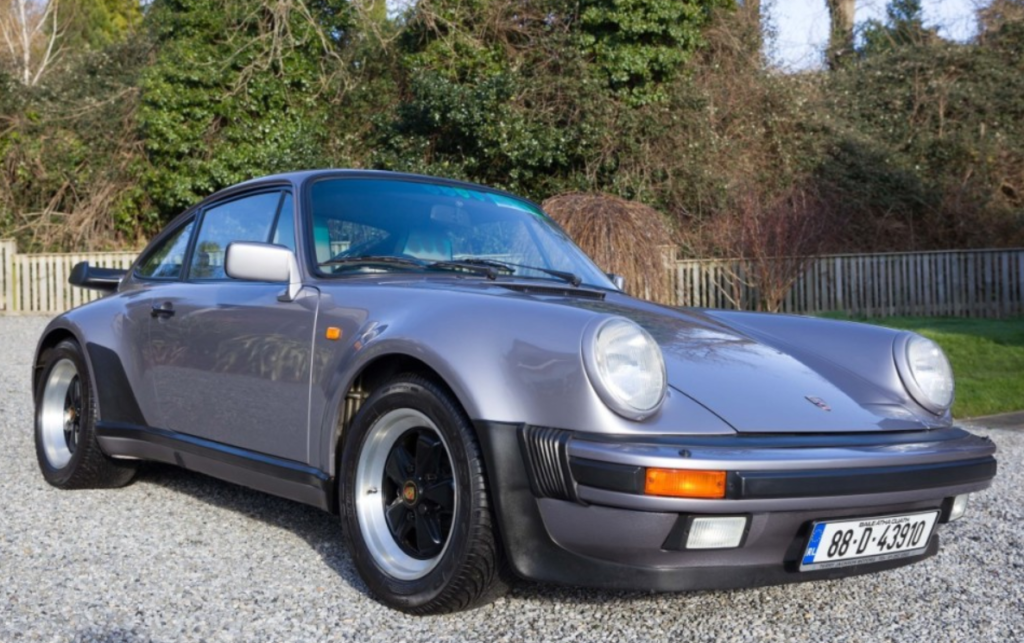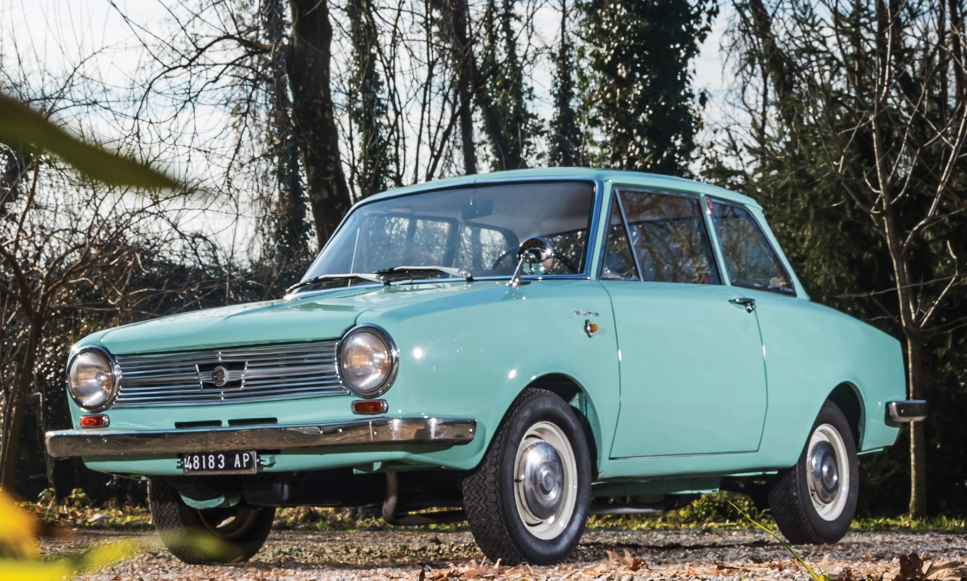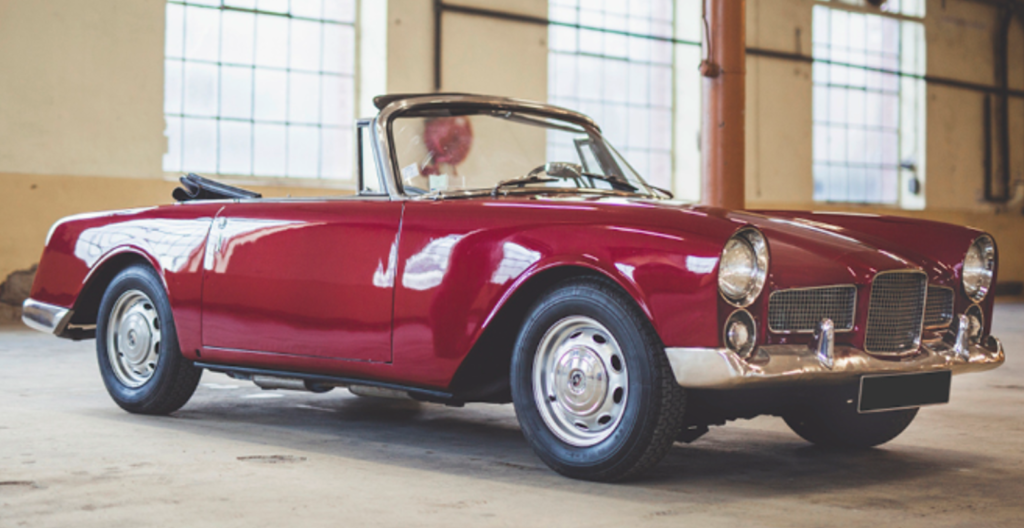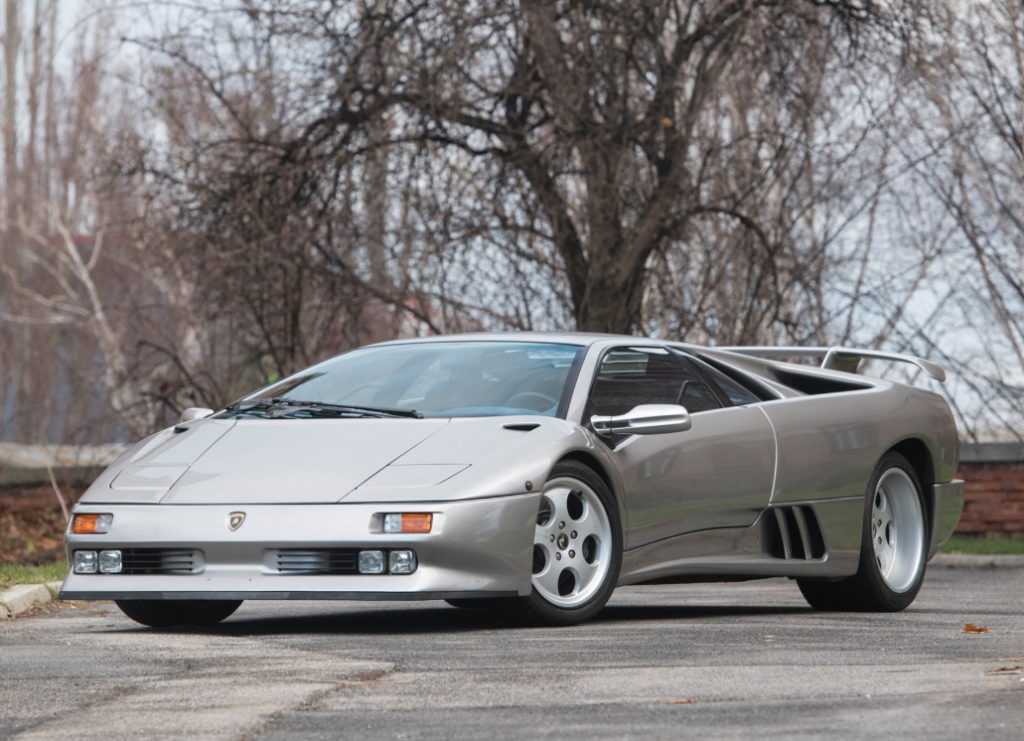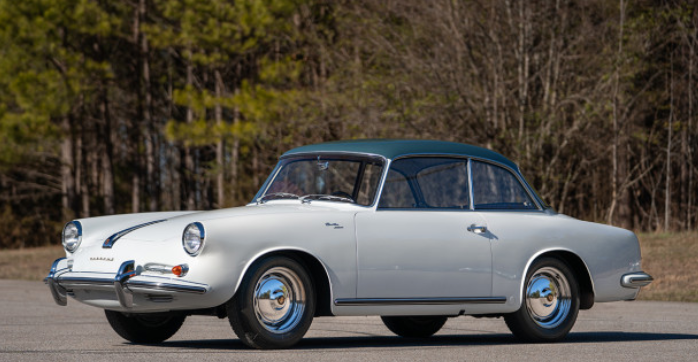1963 Jensen CV8 Mk II
Offered by H&H Classics | Duxford, U.K. | March 18, 2020

The CV8 was produced by Jensen between 1962 and 1966. It was the replacement for the earlier 541 and was eventually succeeded by the Interceptor (the boxy one, not the super rare earlier one). The CV8 is a two-door, four-seater. And it was one of the fastest cars in its class thanks to its big American V8.
Three different series were offered, and this Mk II example was upgraded over earlier cars with some styling tweaks and an electronically adjustable rear suspension. It’s powered by a 5.9-liter Chrysler V8 that made around 315 horsepower.
Beginning in 1964, the cars got larger engines making more power. Only 250 examples of the Mk II were built, and this one is an ex-factory demonstrator. It should now sell for between $49,000-$54,000. Click here for more info and here for more from this sale.
Update: Sold $46,980.

